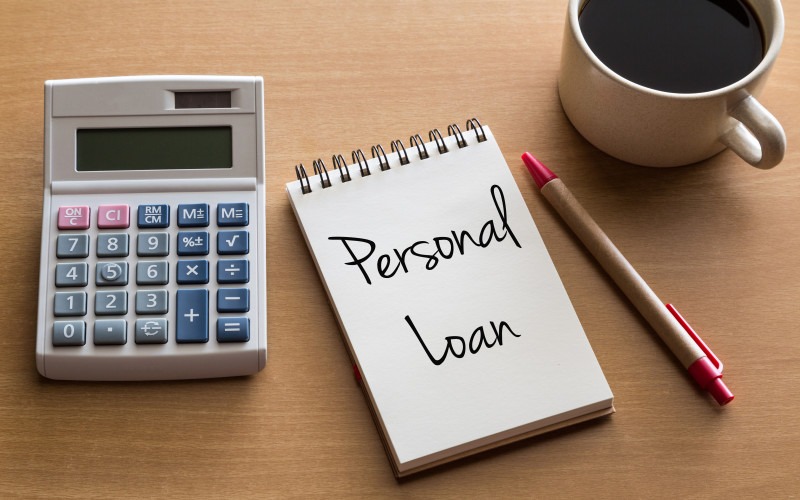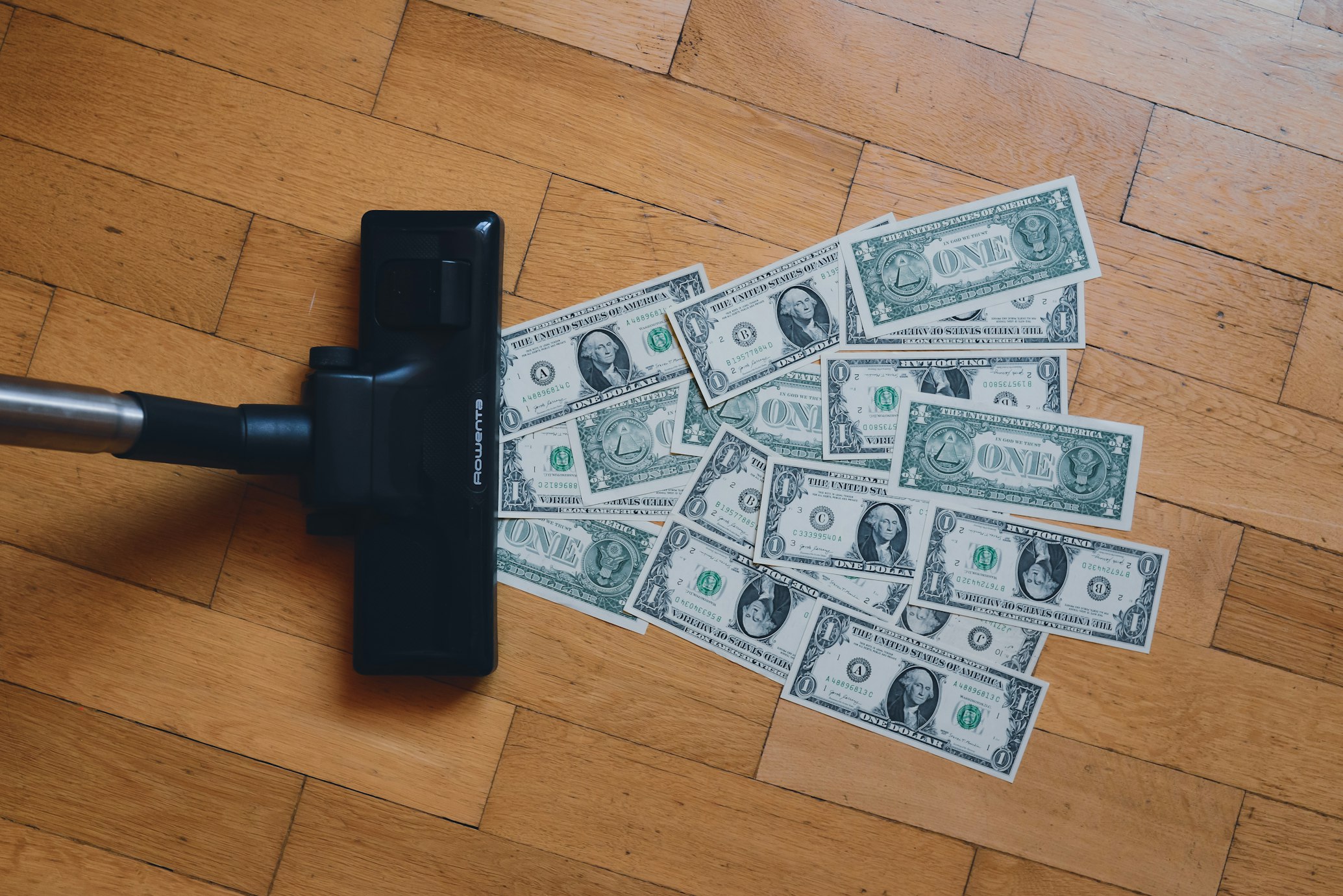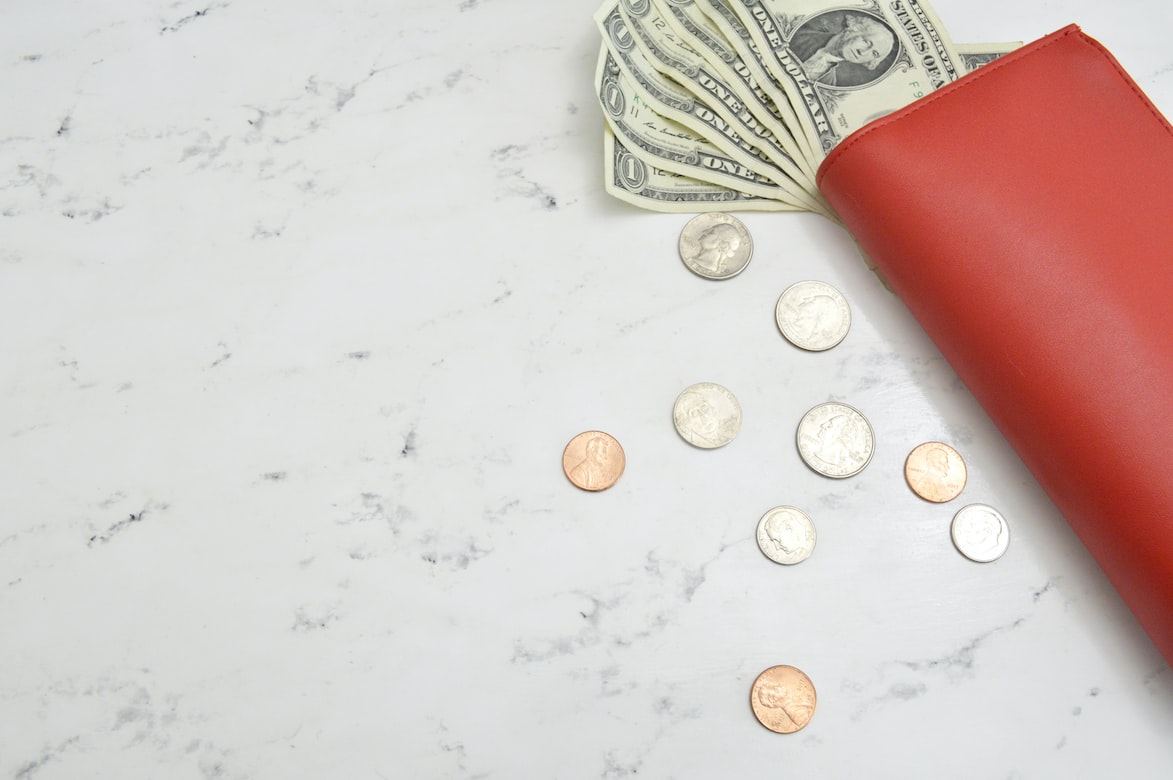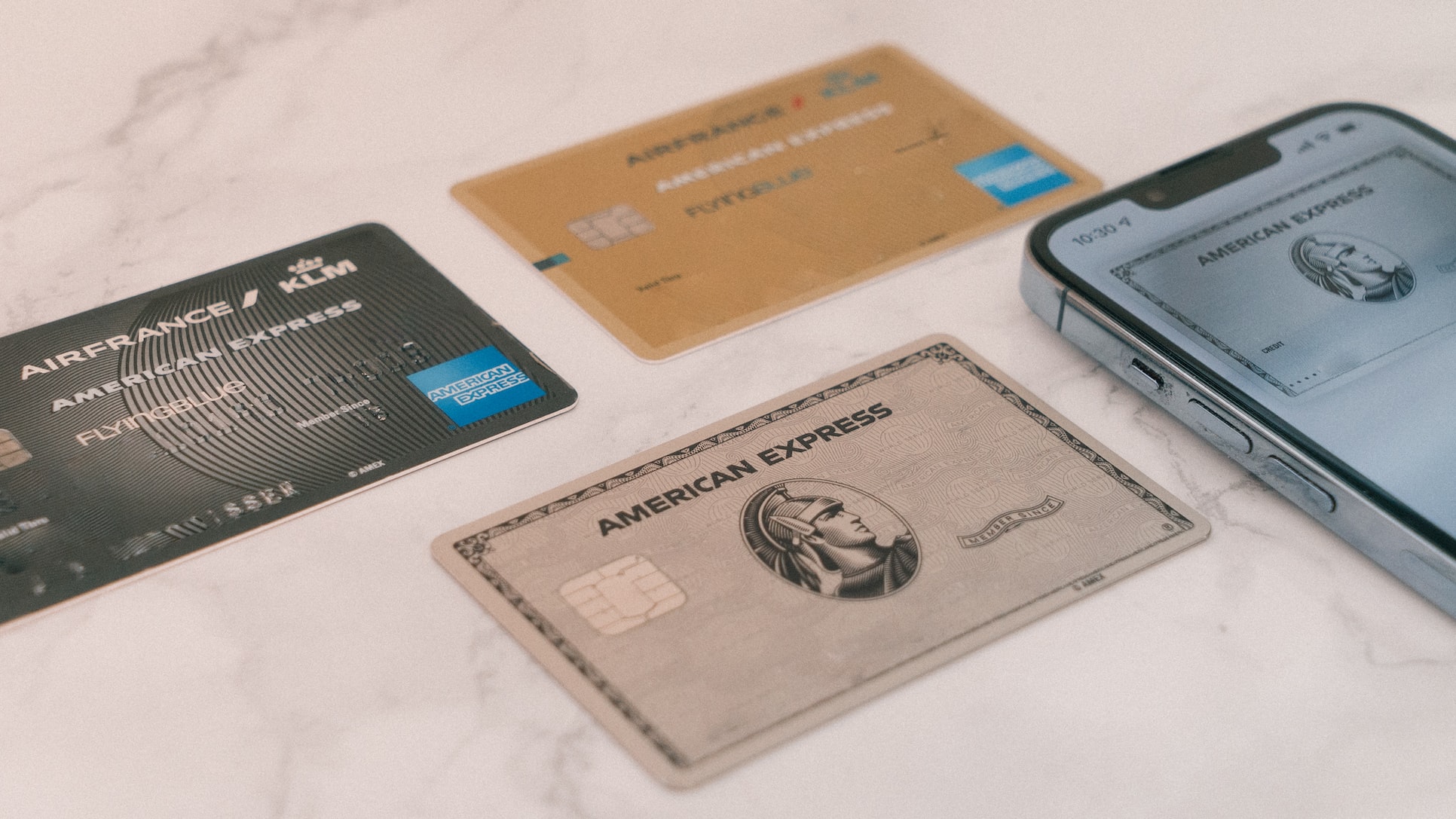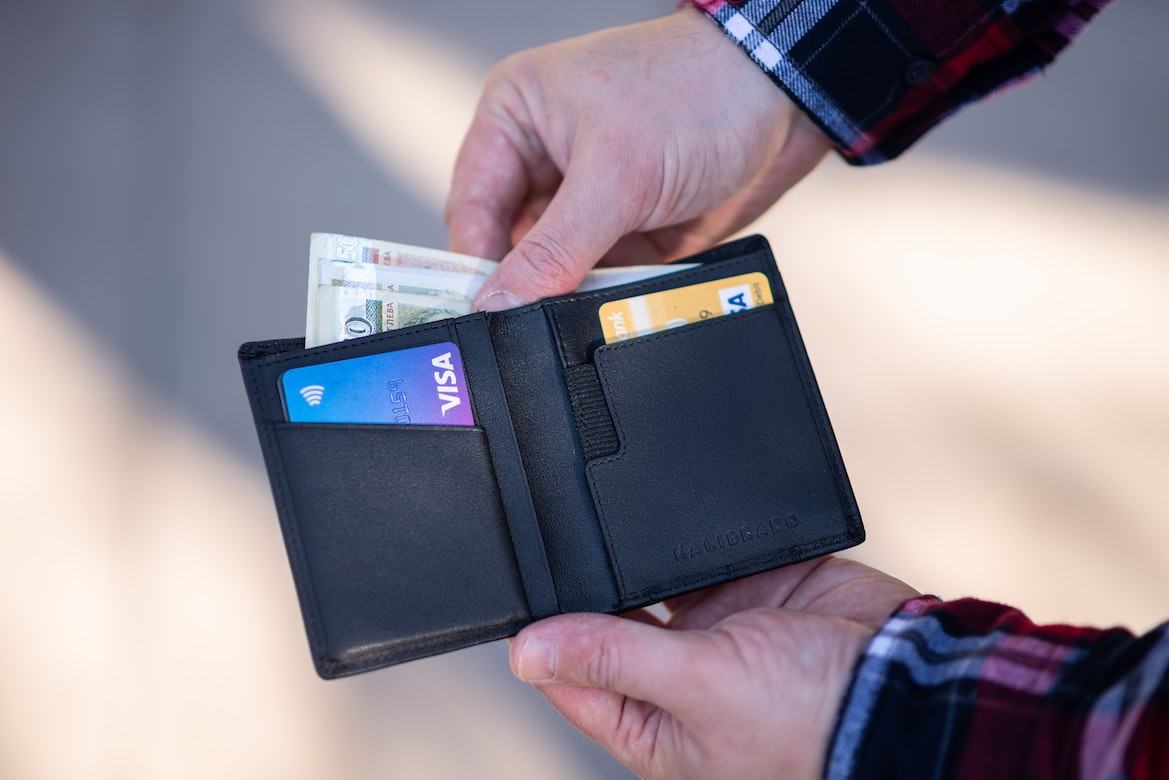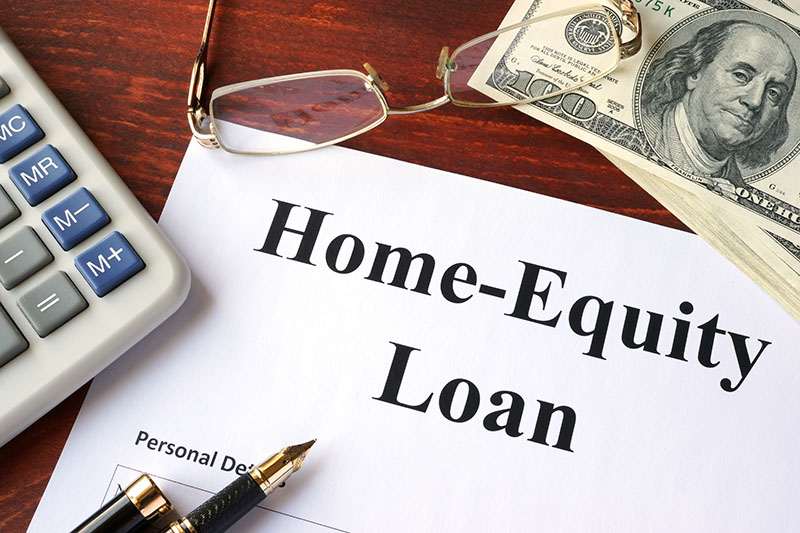Loan Preapproval and Prequalification for Personal Loans
Key Takeaways
- The loan prequalification process gives you a quick estimate of whether you will be approved for a personal loan based on basic personal details that you provide
- During a loan preapproval process, the lender will assess your creditworthiness and if you are preapproved, they will tell you a specific loan amount that they tentatively agree to lend you
- Take advantage of the loan preapproval and prequalification options so that you can find the right loan for you more easily and quickly

When you submit a personal loan application, lenders will perform hard credit checks as they assess your loan eligibility and creditworthiness. Borrowers can opt for loan preapproval and prequalification first, saving valuable time and facilitating the loan shopping process.
In this guide, we go over what you should know about loan preapproval, how it differs from prequalification, and essential points to keep in mind when seeking a personal loan.
Loan preapproval benefits
Get a clear picture of your loan eligibility
Receiving a pre-approval letter from a lender does not guarantee that you will be approved in the official loan application process. However, it does suggest a strong chance of you successfully obtaining a loan from that particular lender.
Gain insight into potential loan terms
A benefit of going through the preapproval stage is that the lenders may give you various loan offers that include tentative interest rates and terms. This facilitates your loan shopping decisions because you can more easily compare the loans that you can expect to receive.
An added perk to being able to see loan rates is that it becomes easier to negotiate loan terms with competing lenders. You become well-informed of what other lenders are willing to grant you, which may give you leverage and an advantage during negotiations.
Find out your borrowing capacity
One of the main benefits of going through the loan preapproval process is that you can receive an estimate of the loan amount the creditor is willing to offer you. This is advantageous especially if you have a specific goal in mind, such as a large purchase you want to finance.
If the lender preapproves you of an amount that is far from what you need, you can easily make the decision to walk away and find a more suitable lender.
Improve your financial planning
Knowing the loan terms that you are likely to receive can greatly enhance your financial planning capabilities. You can factor the preapproved loan amount into your budget for the near future. This way, it becomes easier for you to make informed decisions about your debt obligations, financial needs, and imminent cash flow.
Save time
Securing a preapproval is a highly effective personal loan shopping strategy that can save you time. The preapproval process involves the lender reviewing your information and assessing your eligibility for a loan. This means that a significant portion of the underwriting and paperwork are actually completed during the preapproval stage. Thanks to that, you can enjoy an expedited loan application process if you do end up submitting a formal loan application.

The connection between loan preapproval and personal loans
Personal loans have a wide variety of end use, giving you access to funds for financing large purchases, consolidating debt, and nearly anything that might necessitate a significant lump sum of money. The flexibility of personal loans can make it hard to anticipate how large of a loan lenders are willing to grant you in particular.
Obtaining a loan preapproval letter gives you a better idea of your personal loan borrowing capacity, which allows you to better plan and budget for your needs and goals.
It is a great idea to get preapproved before you begin the personal loan application process. Preapproval gives you an enhanced understanding of your financial standing, how much funding you can obtain, and other essential knowledge related to your personal loan application.
In addition to giving you insight, preapproval can also provide you with extra negotiating power. With a preapproval letter in hand, you can feel more confident when negotiating more favorable loan terms, seeking personal loans, and weighing the various options available to you.

Importance of loan prequalification
Loan prequalification is a quick and convenient method for you to see whether a lender will agree to lend you money. It serves to save time in the borrowing process and help you cross off lenders who do not prequalify you.
In the prequalification stage, lenders will assess your personal loan eligibility based on basic personal information you provide. Lenders will judge your credit, income, and other factors to decide whether your credit history and score meet their eligibility requirements.
Not only does loan prequalification save you time as you compare different loan options, but it also helps you avoid unnecessary credit score dips. The loan prequalification process often involves a soft inquiry (AKA soft credit check), which will not affect your credit score.
The benefits of being prequalified for a personal loan
Loan prequalification helps you narrow down your potential loan choices, which can save you valuable time–especially if you are in need of fast funds and aren’t familiar with the terms of different lenders. With prequalification, you can gain a preliminary understanding of your borrowing capacity, eligibility, loan terms, and affordability. It facilitates a smoother and quicker loan application process since you will not need to waste time with lenders with whom you don’t meet the basic eligibility requirements.

Loan preapproval vs. prequalification
While the term loan preapproval is often used interchangeably with loan prequalification, the two are not the same. A loan preapproval is typically a long, comprehensive process whereas prequalication is faster and less specific. The prequalification is quicker and easier.
Loan preapproval may require more specific documents when you go through the process than the prequalification process. You will need to provide various information, such as your proof of identity, proof of income, employment details, and more.
Both the loan preapproval and prequalification process can work together to help you save time. If you prequalify for a loan, you might want to go through a loan preapproval next, or you could directly go for a loan application.

The loan prequalification process explained
1. Identify prospective lenders
Before you go through prequalification, you should first identify potential lenders offering the type of personal loan you wish to obtain. For example, if you want an auto loan to finance a car, you might want to research the best auto loan lenders in the market. Don’t forget, lenders can come in numerous forms such as banks, credit unions, online lenders, and other financial institutions.
2. Contact the lender
Loan prequalification is often done online. You can also reach out to the lender by phone or go in person to a local branch to begin the loan prequalification process. A loan officer may guide you through the process.
3. Provide necessary information
You will need to provide various key information about yourself, such as:
- Identification
- Employment
- Income
- Financial details
- Loan purpose
- Consent to the soft credit pull
4. Get a soft credit check
Lenders will pull your credit. The good news is that this is a soft inquiry. After they check your credit report, there will be no effect on your credit score. The better your credit record and the higher your score, the more likely you can prequalify for a favorable loan.
5. Prequalification evaluation
Lenders will judge your eligibility based on the details given to them. The process is relatively quick and should not take more than a few business days. An online prequalification process may even be completed within a few minutes or an hour, based on what information the lender requires you to submit and the lender’s particular way of managing loan prequalification.
6. Final prequalification results
At last, the lender will inform you of the estimated loan amount that they expect you will be able to receive. You may also receive details of the potential interest rate, terms and requirements, and more. The prequalification letter may be mailed to you physically or by email.

The loan preapproval process in detail
1. Identify potential lenders
Just like with loan prequalification, you should research potential lenders offering the type of personal loan that you seek.
2. Gather detailed information
You might want to gather the following information and relevant documents in advance:
- Your personal information: Identification and contact information, including your Social Security number
- Employment: Job details, job history, and employer’s contact information
- Income details: Pay stubs, tax returns, and bank statements
3. Submit the preapproval application
You will need to fill out the preapproval application form, either in person, by phone, or online. Carefully review your information to make sure that the application is complete and accurate. Any errors or missing information may result in an inaccurate preapproval result or preapproval delays.
4. Go through a hard or soft credit inquiry
For some types of loans such as mortgages, the preapproval process involves a hard inquiry which can decrease your credit score by around five points each. Meanwhile, many personal loans will only involve soft credit inquiries that do not affect your credit score. If you are concerned about the impact of the preapproval process on your credit score, make sure you clarify with your lender whether they perform a hard or soft inquiry.
5. The lender verifies and underwrites
In this step, the lender conducts a fairly in-depth underwriting process to verify the various details you provided about yourself. If they are unable to make an immediate decision, they might request further documentation or ask you questions during this stage.
6. Loan preapproval decision
After assessing your financial stability and creditworthiness, the lender will decide on whether you should be given a loan preapproval letter. If you do receive a letter, it does not guarantee that you will be granted a loan agreement to sign later on. However, it is very likely that they will approve of your loan application.
7. Preapproval letter
If you have been successfully preapproved, you will receive a letter that states how much loan amount you are preapproved for, as well as key terms of the loan such as the interest rate and the repayment structure. A loan preapproval usually takes less than two weeks from start to finish, but there may be delays if you do not provide complete or accurate financial documents.
Maximizing the benefits of preapproval and prequalification
While everyone has their own needs and goals, here are general tips for borrowers so that they can make the most out of their preapproval and prequalification statuses.
Shop around
Just because you have been preapproved does not mean you absolutely need to finalize that particular loan offer. Don’t settle for the first preapproval or prequalification you receive. If you have the time, continue to shop around to find the optimal deal that aligns with your budget and needs the best.
Leverage preapproval for better terms and rates
If you obtain a preapproval letter, it can help you negotiate better terms with more confidence and leverage. This can lead to long-term savings.
Give accurate and complete information
To prevent delays and misunderstandings, it is advisable to double check all the information and documents that you hand in during the loan prequalification and preapproval processes. This way, the lender is less likely to revoke or change their tentative loan offer terms during the official personal loan application process.

Not sure where to start looking for a personal loan? Compare our top lenders below.
Edited by:
Bryan Huynh
•
Product Tester & Writer

